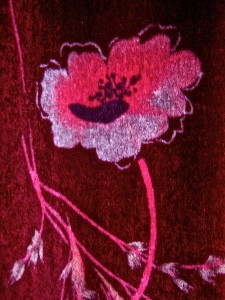Where are you today? Who is in control? Who’s voice is in your head? Who’s thoughts permeate your mind? What has happened to your pursuit of clarity and balance? The answer is: Nothing. All remains intact, in place. This is all part of the process. Step aside for a moment; take a deep breath; tell yourself that the journey is underway and remind yourself to stay alert. That’s the only thing that has been missing lately: Alertness.
Get out of the fog. Gather your intentions once again. Begin each day by restating your goal, knowing that it is the next segment of your journey. Everything is important. Nothing is insignificant. But at the same time it is up to you to move things along. And that is where you are today: It’s time to move things along in a positive direction.
It’s your life. Remind yourself what you want it to look like. You can get there. Just wake up, take control, remain alert, and set your intent to finally take action in a new positive direction.

